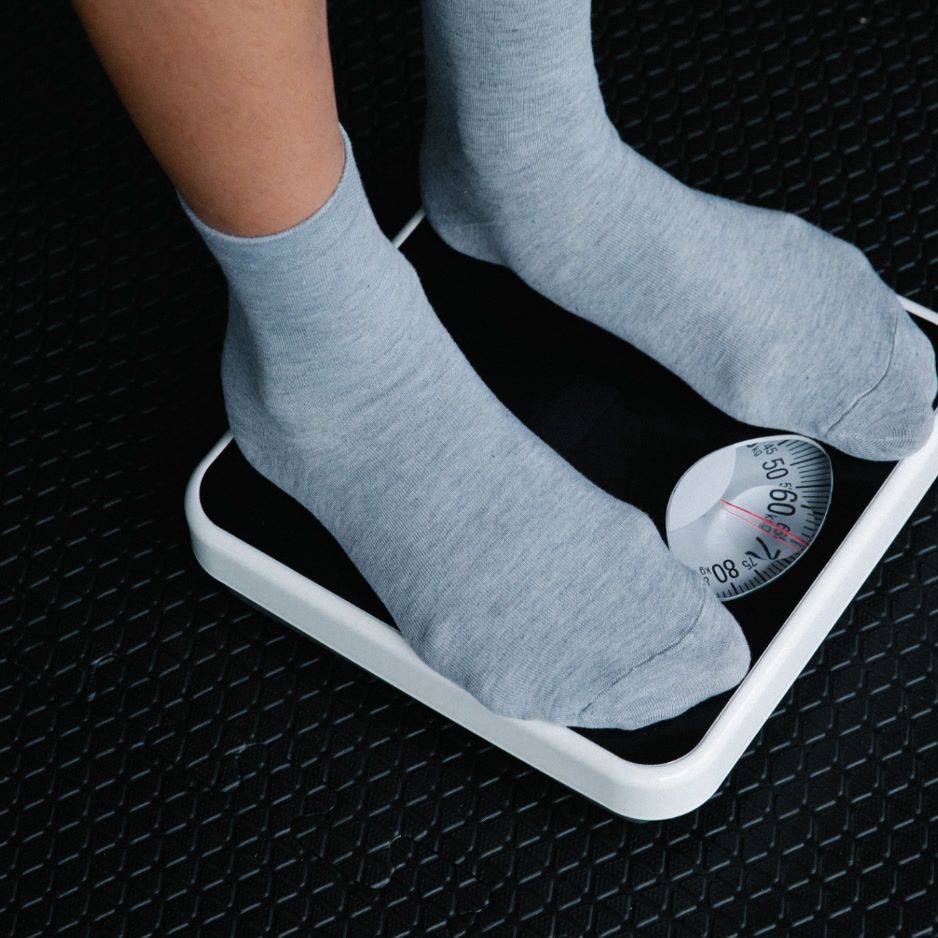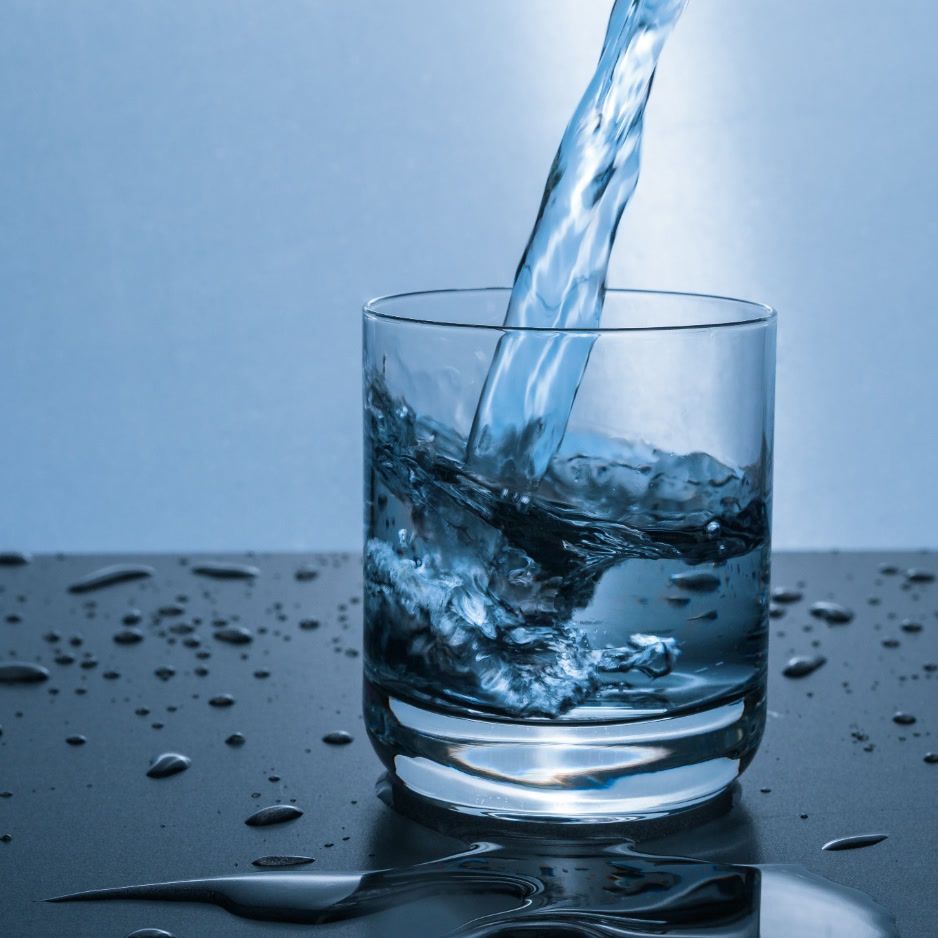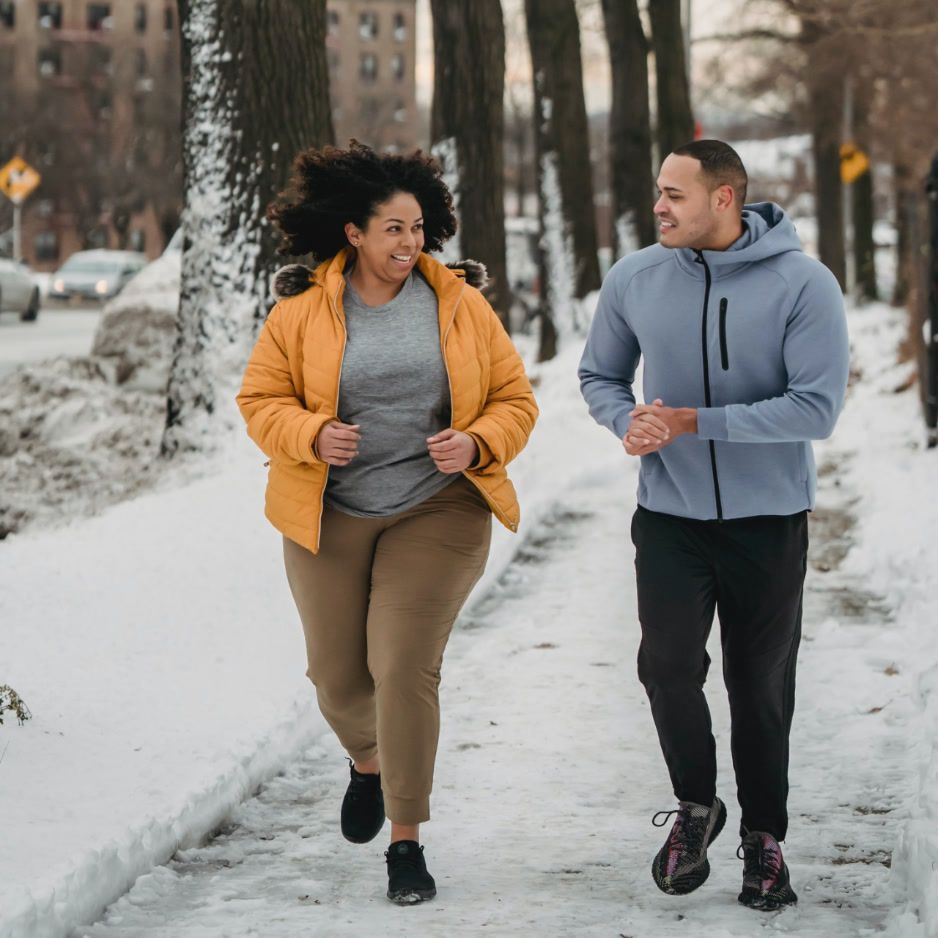Butt Gains: 12-Week Plan for Glute Growth
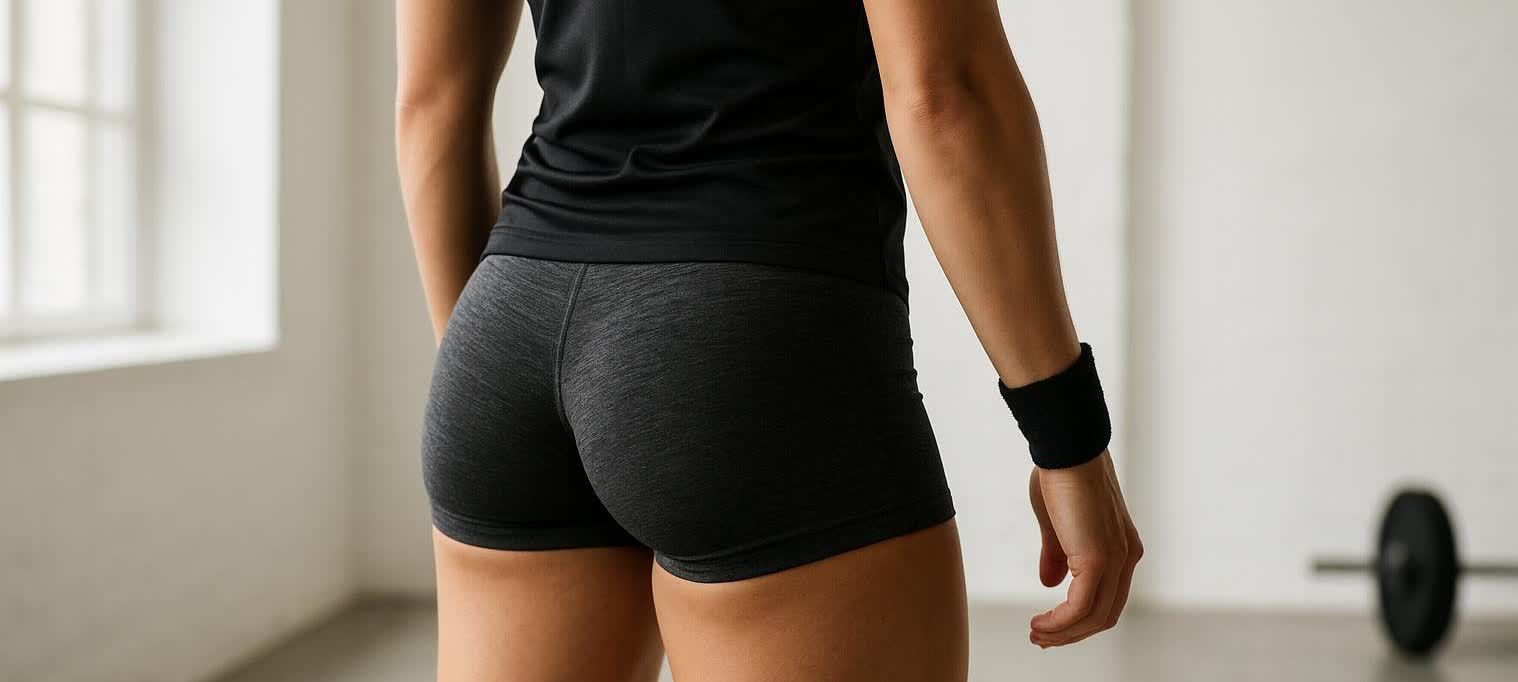
Glute Growth: The Science-Backed Guide to Building Bigger Glutes
Building bigger, stronger glutes requires a strategic combination of progressive resistance training, proper nutrition, and consistent application of proven muscle-building principles.
To grow your glutes effectively, focus on compound movements like hip thrusts and Romanian deadlifts, train 2-3 times per week with progressive overload, and fuel your body with adequate protein and calories for muscle growth.
Pursuing glute growth is about more than aesthetics—it's a pursuit of functional strength that builds power, improves posture, protects your lower back, and creates that confident silhouette you've always wanted.
Whether you're starting from scratch or breaking through stubborn plateaus, this comprehensive guide combines cutting-edge exercise science with practical programming to deliver measurable glute development.
Unlike the endless stream of booty band circuits and squat challenges flooding social media, this evidence-based approach targets the three mechanisms that actually build muscle: mechanical tension, metabolic stress, and progressive overload.
You'll discover why recent research shows hip thrusts can produce equal glute growth to squats, how to customize workouts for your experience level, and most importantly, how to track real progress with precision body composition analysis.
Understanding Your Glutes: More Than Just Aesthetics
Your glutes consist of three distinct muscles working in harmony:
- Gluteus maximus: The largest muscle in your body, responsible for hip extension and the primary driver of your glute's shape and power
- Gluteus medius: Stabilizes your pelvis during single-leg movements and prevents hip drop during walking and running
- Gluteus minimus: Works alongside the medius for hip stability and assists in hip abduction
Strong glutes do far more than fill out jeans. They're the foundation of athletic performance, powering everything from sprinting to jumping while serving as your body's primary protection against lower back pain. When your glutes are weak—often from prolonged sitting—surrounding muscles compensate, leading to the cascade of issues known as gluteal amnesia.
The Science of Glute Growth: What Really Works
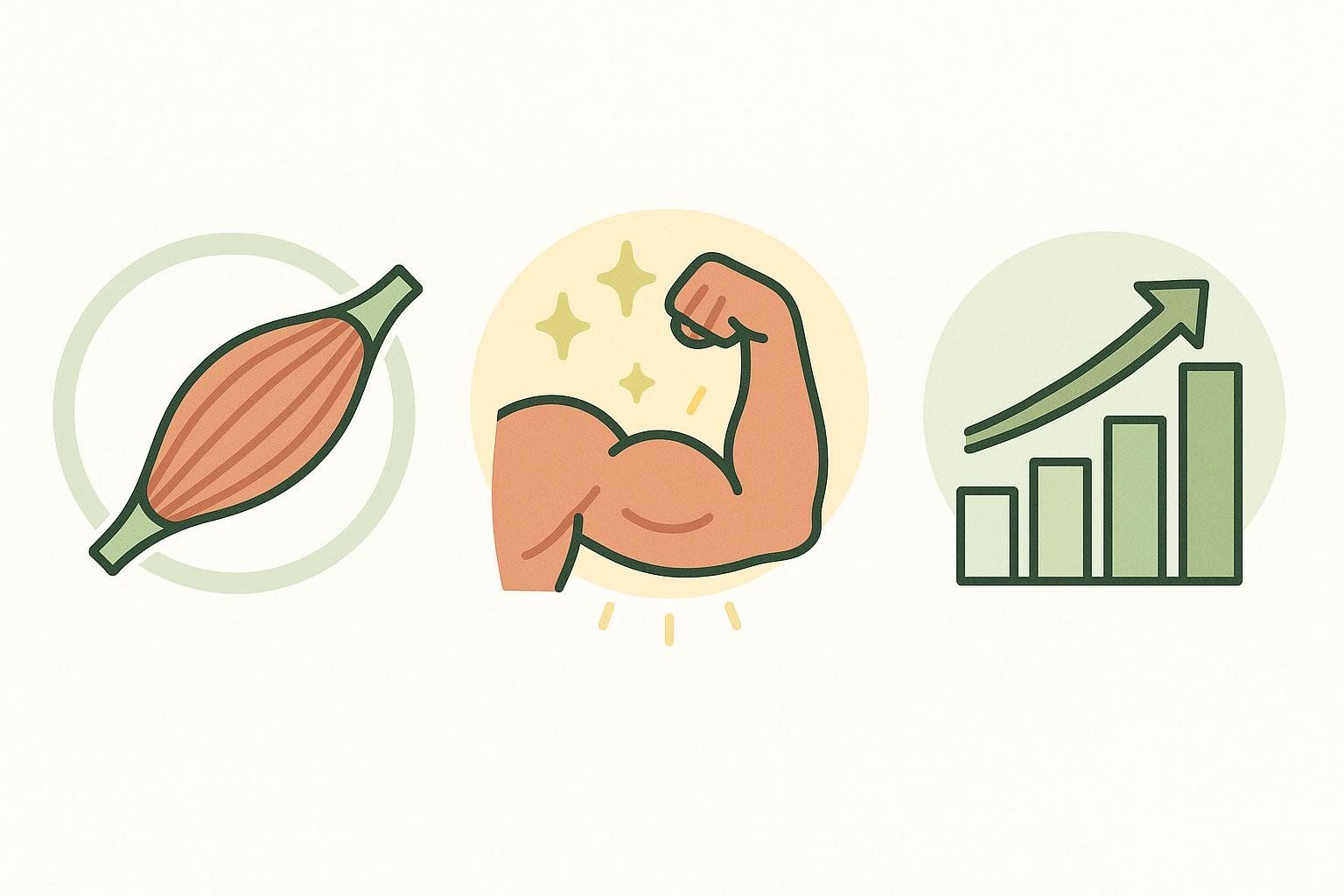
The Three Mechanisms That Build Bigger Glutes
1. Mechanical Tension
Heavy, full-range movements like hip thrusts and deep squats create the mechanical stress that signals your muscles to grow larger and stronger. EMG research on glute activation shows that hip thrusts achieve some of the highest glute activation levels recorded, averaging 64-86% of maximal voluntary contraction.
2. Metabolic Stress
The "burn" you feel during high-rep sets creates a challenging metabolic environment that triggers growth-promoting hormone release. This is why our programs combine heavy strength work with higher-rep "pump" exercises.
3. Progressive Overload
Your muscles adapt to imposed demands. Research on resistance training effects shows that resistance training produces significant body composition improvements when progression systems are properly implemented.
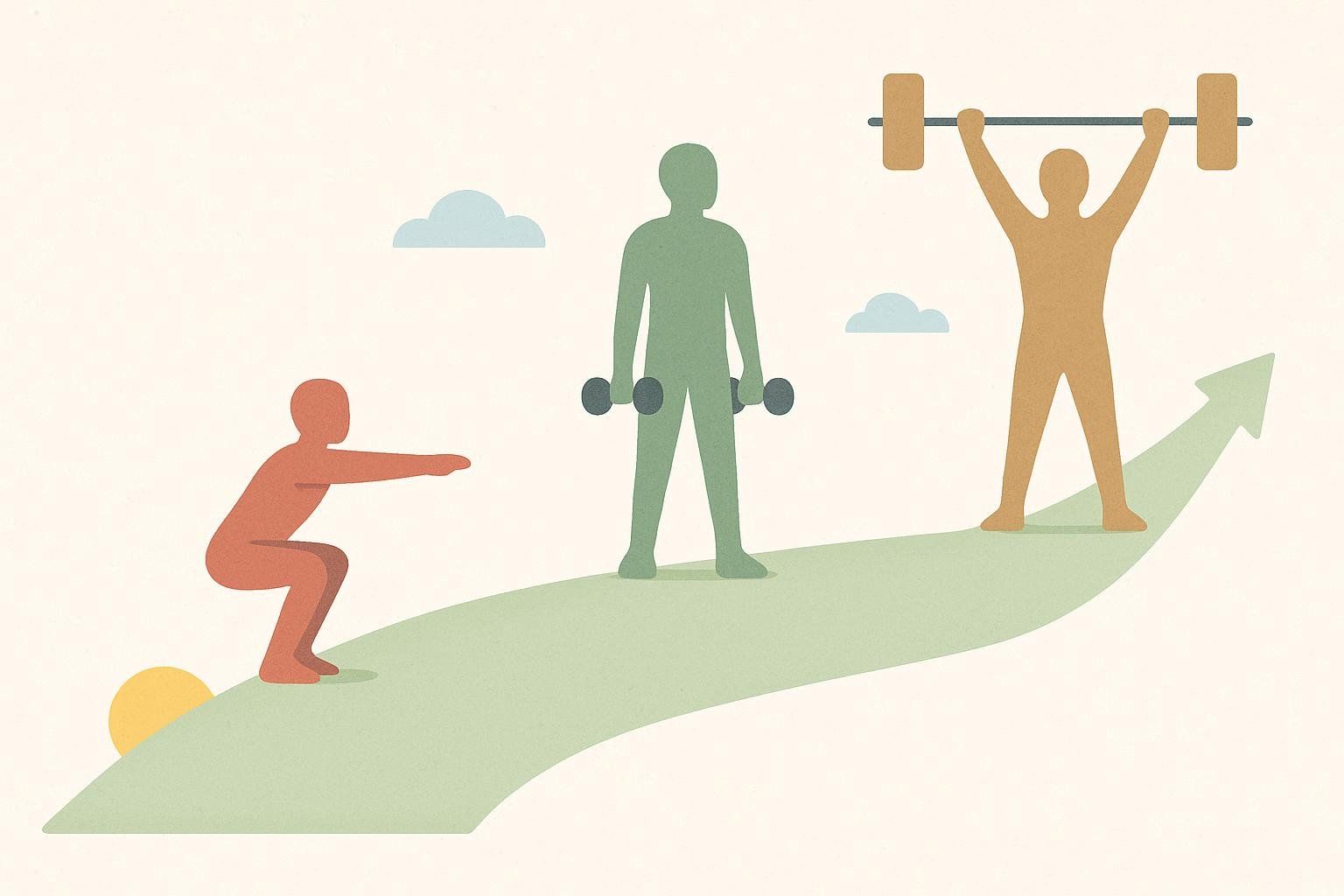
Choose Your Training Path
Beginner (0-6 months training experience)
- Training frequency: 3 days per week
- Weekly sets: 8-12 challenging sets
- Primary focus: Movement mastery and consistent progression
- Equipment needed: Resistance bands, light dumbbells (5-20 lbs), or bodyweight alternatives
Intermediate (6 months - 2 years experience)
- Training frequency: 3 days per week
- Weekly sets: 12-16 challenging sets
- Primary focus: Progressive overload and exercise variety
- Equipment needed: Full gym access recommended (barbells, cables, machines) or heavier home equipment
Advanced (2+ years experience)
- Training frequency: 4-5 days per week
- Weekly sets: 16-20+ challenging sets
- Primary focus: Periodization and plateau-breaking techniques
- Equipment needed: Full gym access or comprehensive home gym setup

Beginner Foundation Program (Weeks 1-8)
Week 1-2: Movement Mastery
Training Schedule: Monday, Wednesday, Friday
| Exercise | Sets | Reps | Rest | Key Focus |
|---|---|---|---|---|
| Glute Bridge | 3 | 12-15 | 60s | Squeeze for 2-second hold at top |
| Bodyweight Squat | 3 | 10-12 | 60s | Descend slowly, drive through heels |
| Lateral Band Walk | 2 | 10/direction | 45s | Maintain tension throughout |
| Glute Bridge Hold | 2 | 20-30s | 45s | Focus on glute engagement |
Week 3-4: Load Introduction
Training Schedule: Monday, Wednesday, Friday
Add resistance: Use resistance bands or light dumbbells
| Exercise | Sets | Reps | Rest | Key Focus |
|---|---|---|---|---|
| Dumbbell Goblet Squat | 3 | 10-12 | 90s | Weight close to chest, full depth |
| Banded Glute Bridge | 3 | 12-15 | 60s | Band above knees, control tempo |
| Step-Ups (each leg) | 3 | 8/leg | 60s | Drive through heel, full hip extension |
| Single-Leg Glute Bridge | 2 | 6-8/leg | 45s | Keep hips level throughout movement |
Week 5-6: Compound Movement Introduction
Training Schedule: Monday, Wednesday, Friday
| Exercise | Sets | Reps | Rest | Key Focus |
|---|---|---|---|---|
| Romanian Deadlift (Dumbbell) | 3 | 8-10 | 90s | Hinge at hips, feel hamstring stretch |
| Goblet Squat | 4 | 10-12 | 90s | Add 2.5-5 lb when you can complete all sets |
| Reverse Lunge | 3 | 8/leg | 60s | Step back, control descent |
| Single-Leg RDL | 2 | 6/leg | 60s | Balance challenge, light weight |
| Glute Bridge Hold | 2 | 20-30s | 45s | Maintain peak contraction |
Week 7-8: Strength Development
Training Schedule: Monday, Wednesday, Friday
| Exercise | Sets | Reps | Rest | Key Focus |
|---|---|---|---|---|
| Barbell or Dumbbell RDL | 3 | 6-8 | 2 min | Heavier load, perfect form |
| Bulgarian Split Squat | 3 | 8/leg | 90s | Rear foot elevated, front leg focus |
| Goblet Squat | 4 | 8-10 | 90s | Slow 3-second eccentric |
| Walking Lunges | 3 | 10/leg | 60s | Long steps, drive through front heel |
| Lateral Band Walk | 3 | 15/direction | 45s | Maintain perfect posture |
| Frog Pumps | 2 | 20-25 | 45s | Feet together, knees wide |
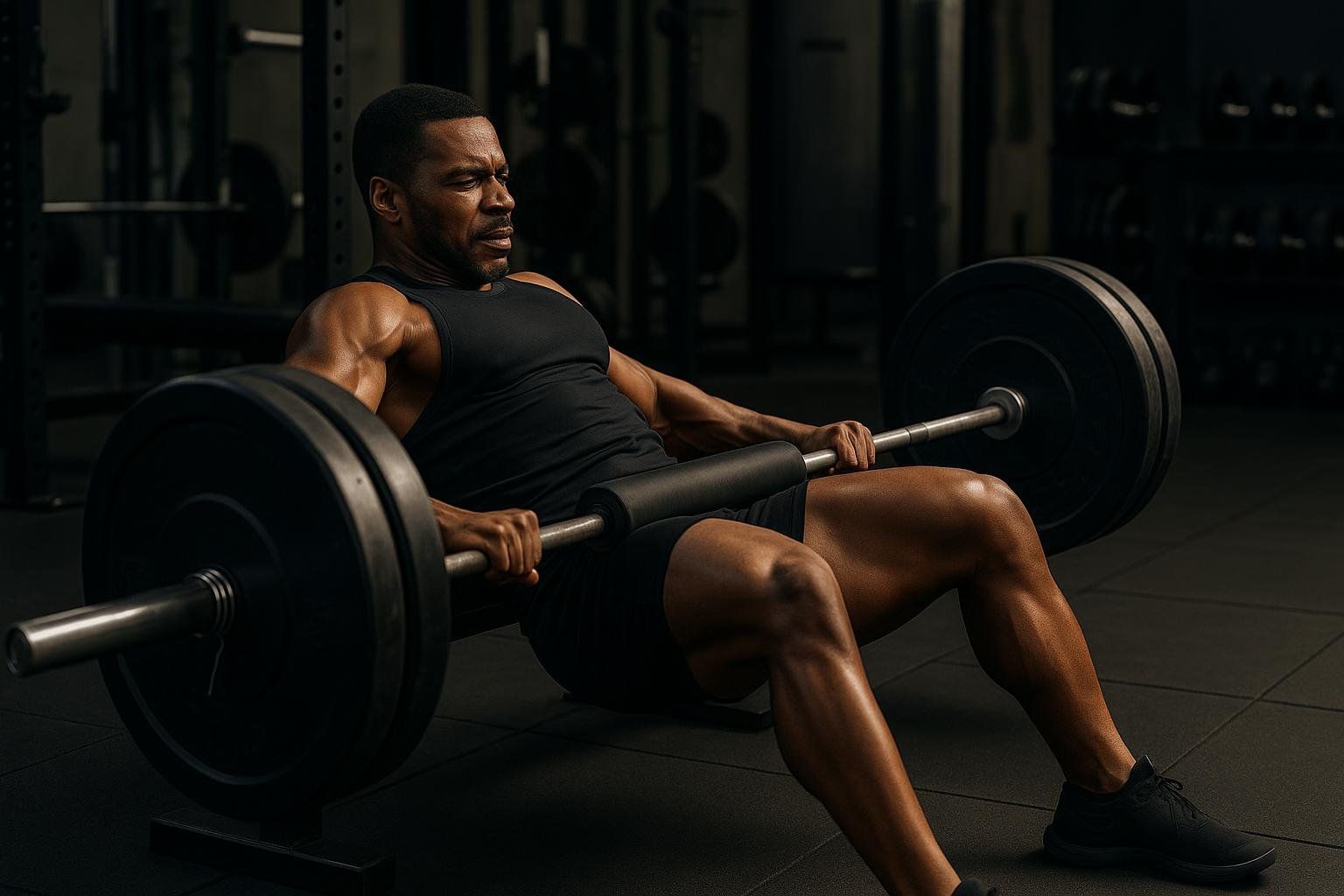
Intermediate Development Program (12-Week Periodized Approach)
Training Schedule: Monday, Wednesday, Friday (3 days per week)
Phase 1: Volume Accumulation (Weeks 1-4)
Day 1: Lower Body Strength Focus (Monday)
| Exercise | Sets | Reps | RIR | Rest | Key Focus |
|---|---|---|---|---|---|
| Barbell Hip Thrust | 4 | 6-8 | 2-3 | 3 min | Leave 2-3 reps in reserve |
| Romanian Deadlift | 3 | 8-10 | 2-3 | 2 min | Perfect hip hinge pattern |
Day 2: Upper Body & Glute Accessories (Wednesday)
This session balances upper body training for overall physique development with lighter glute accessory work.
| Exercise | Sets | Reps | RIR | Rest | Key Focus |
|---|---|---|---|---|---|
| Dumbbell Press | 3 | 8-12 | 2-3 | 90s | Controlled movement |
| Cable Rows | 3 | 8-12 | 2-3 | 90s | Squeeze shoulder blades |
| Cable Glute Kickbacks | 3 | 15/leg | 2-3 | 60s | Mind-muscle connection |
| Lateral Band Walks | 2 | 20/direction | 0 | 45s | Glute medius activation |
Day 3: Lower Body Volume (Friday)
| Exercise | Sets | Reps | RIR | Rest | Key Focus |
|---|---|---|---|---|---|
| Bulgarian Split Squat | 3 | 10/leg | 2-3 | 90s | Bodyweight or add load |
| Walking Lunges | 3 | 12/leg | 2-3 | 90s | Long steps, drive through heel |
| Frog Pumps | 2 | 25 | 0 | 45s | Metabolic stress |
Phase 2: Intensification (Weeks 5-8)
Day 1: Heavy Strength (Monday)
| Exercise | Sets | Reps | RIR | Rest | Key Focus |
|---|---|---|---|---|---|
| Barbell Hip Thrust | 4 | 4-6 | 1-2 | 4 min | Heavy load focus |
| Conventional Deadlift | 3 | 5-6 | 1-2 | 3 min | Perfect form at heavier weights |
Day 2: Upper Body & Glute Accessories (Wednesday)
| Exercise | Sets | Reps | RIR | Rest | Key Focus |
|---|---|---|---|---|---|
| Incline Press | 3 | 8-15 | 2-3 | 90s | Upper body balance |
| Lat Pulldown | 3 | 8-15 | 2-3 | 90s | Pull pattern practice |
| Cable Hip Thrust | 3 | 12-15 | 2-3 | 90s | 3-1-1 Tempo (3 sec lower, 1 sec pause, 1 sec lift) |
| Curtsy Lunge | 2 | 10/leg | 2-3 | 60s | Deep range of motion |
Day 3: Volume + Unilateral (Friday)
| Exercise | Sets | Reps | RIR | Rest | Key Focus |
|---|---|---|---|---|---|
| Deficit Reverse Lunge | 3 | 8/leg | 2-3 | 2 min | 2-second pause at bottom |
| Single-Leg RDL | 3 | 6-8/leg | 2-3 | 90s | Balance and control |
| Standing Banded Hip Extension | 2 | 20 | 0 | 60s | Explosive concentric |
Phase 3: Specialization (Weeks 9-12)
Day 1: Peak Strength (Monday)
| Exercise | Sets | Reps | RIR | Rest | Key Focus |
|---|---|---|---|---|---|
| Barbell Hip Thrust | 5 | 3-5 | 2 | 5 min | Work up to heavy top set |
| Sumo Deadlift | 3 | 3-4 | 1-2 | 4 min | Maximal strength development |
Day 2: Upper Body & Glute Accessories (Wednesday)
| Exercise | Sets | Reps | RIR | Rest | Key Focus |
|---|---|---|---|---|---|
| Dumbbell Overhead Press | 2 | 12-15 | 3-4 | 90s | 50-60% effort, focus on form |
| Seated Cable Row | 2 | 12-15 | 3-4 | 90s | Upper back activation |
| Glute Bridge Variations | 3 | 20-25 | 0 | 60s | Different foot positions |
Day 3: Unilateral + Volume (Friday)
| Exercise | Sets | Reps | RIR | Rest | Key Focus |
|---|---|---|---|---|---|
| Bulgarian Split Squat | 3 | 6-8/leg | 2-3 | 2 min | Add external load |
| Single-Leg Hip Thrust | 3 | 5/leg | 2-3 | 90s | Bodyweight or light load |
| Lateral Band Complex | 2 | 15 each direction | 0 | 45s | Monster walks + side steps |
| Clamshells + Fire Hydrants | 2 | 15 each | 0 | 45s | Glute activation circuit |
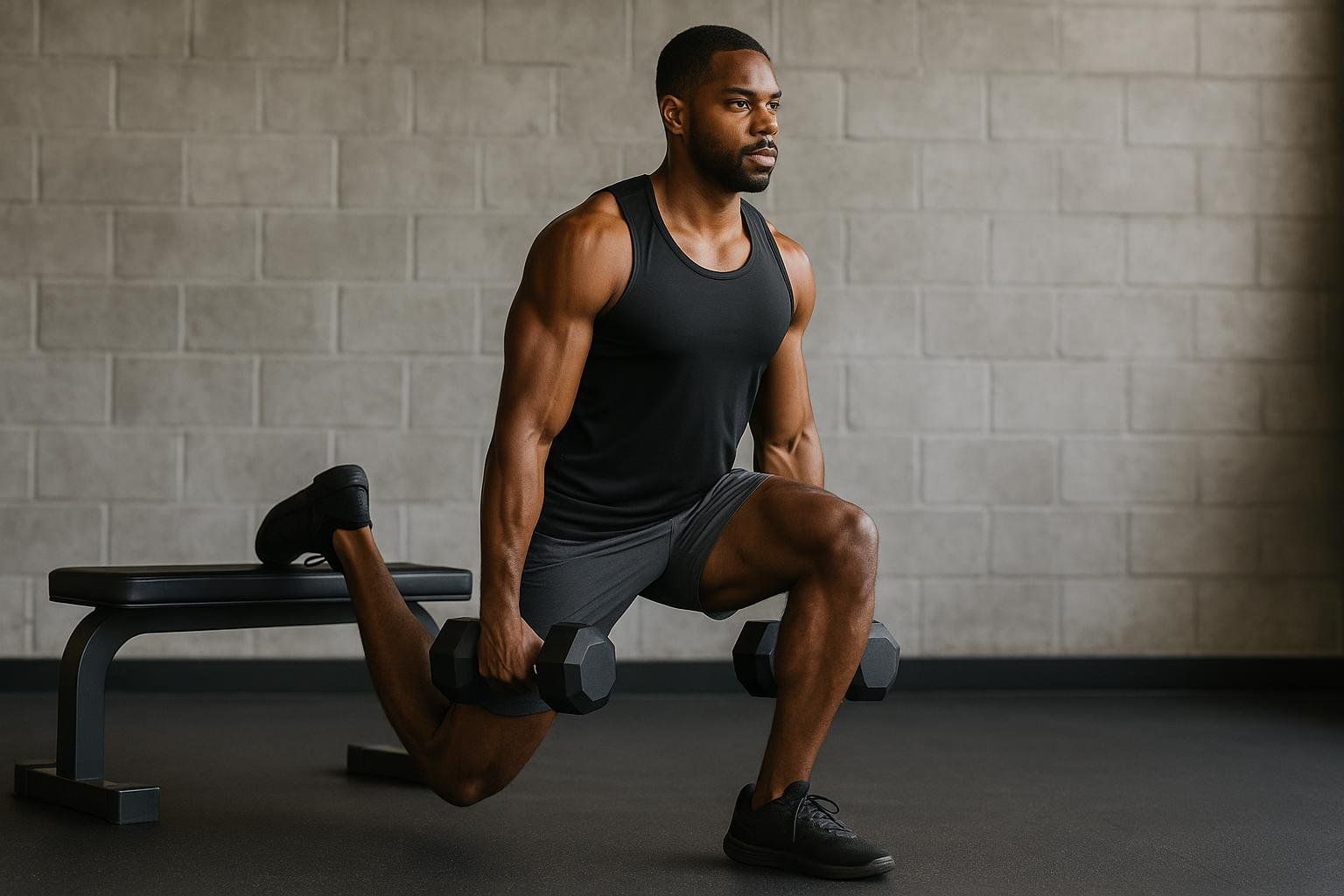
Advanced Specialization Program
For lifters with 2+ years of experience who've broken through intermediate plateaus, this advanced program uses an upper/lower split that prioritizes glute development while maintaining overall physique balance.
4-Day Upper/Lower Split (Monday, Tuesday, Thursday, Friday)
Day 1: Lower Body (Glute Focus) - Monday
| Exercise | Sets | Reps | RIR | Rest | Key Focus |
|---|---|---|---|---|---|
| Barbell Hip Thrust | 5 | 3-5 | 1-2 | 4-5 min | Heavy strength development |
| Romanian Deadlift | 3 | 6-8 | 2-3 | 3 min | Hip hinge mastery |
| Bulgarian Split Squat | 3 | 8/leg | 2-3 | 2 min | Unilateral strength |
| Lateral Band Walks | 2 | 20/direction | 0 | 45s | Glute medius activation |
Day 2: Upper Body - Tuesday
| Exercise | Sets | Reps | RIR | Rest | Key Focus |
|---|---|---|---|---|---|
| Overhead Press | 4 | 6-8 | 2-3 | 3 min | Vertical pushing strength |
| Pull-ups/Lat Pulldowns | 4 | 8-12 | 2-3 | 3 min | Vertical pulling strength |
| Incline Dumbbell Press | 3 | 10-12 | 2-3 | 2 min | Upper chest development |
| Cable Rows | 3 | 12-15 | 2-3 | 90s | Horizontal pulling volume |
Day 3: Lower Body (Volume) - Thursday
| Exercise | Sets | Reps | RIR | Rest | Key Focus |
|---|---|---|---|---|---|
| Dumbbell Hip Thrust | 4 | 12-15 | 2-3 | 2 min | Hypertrophy focus |
| Goblet Squat | 3 | 15-20 | 2-3 | 90s | Full range of motion for complete leg development |
| Reverse Lunge from Deficit | 3 | 12/leg | 2-3 | 90s | Range of motion emphasis |
| Frog Pumps + Glute Bridge Hold | 2 | 20+20s hold | 0 | 60s | Metabolic stress |
Day 4: Upper Body (Volume) - Friday
| Exercise | Sets | Reps | RIR | Rest | Key Focus |
|---|---|---|---|---|---|
| Bench Press/Push-ups | 3 | 12-15 | 2-3 | 2 min | Horizontal pushing volume |
| Cable Lat Pulldown | 3 | 15-20 | 2-3 | 90s | Lat development |
| Dumbbell Shoulder Press | 3 | 15-20 | 2-3 | 90s | Shoulder health and volume |
| Face Pulls | 3 | 20-25 | 1-2 | 60s | Rear delt and posture |
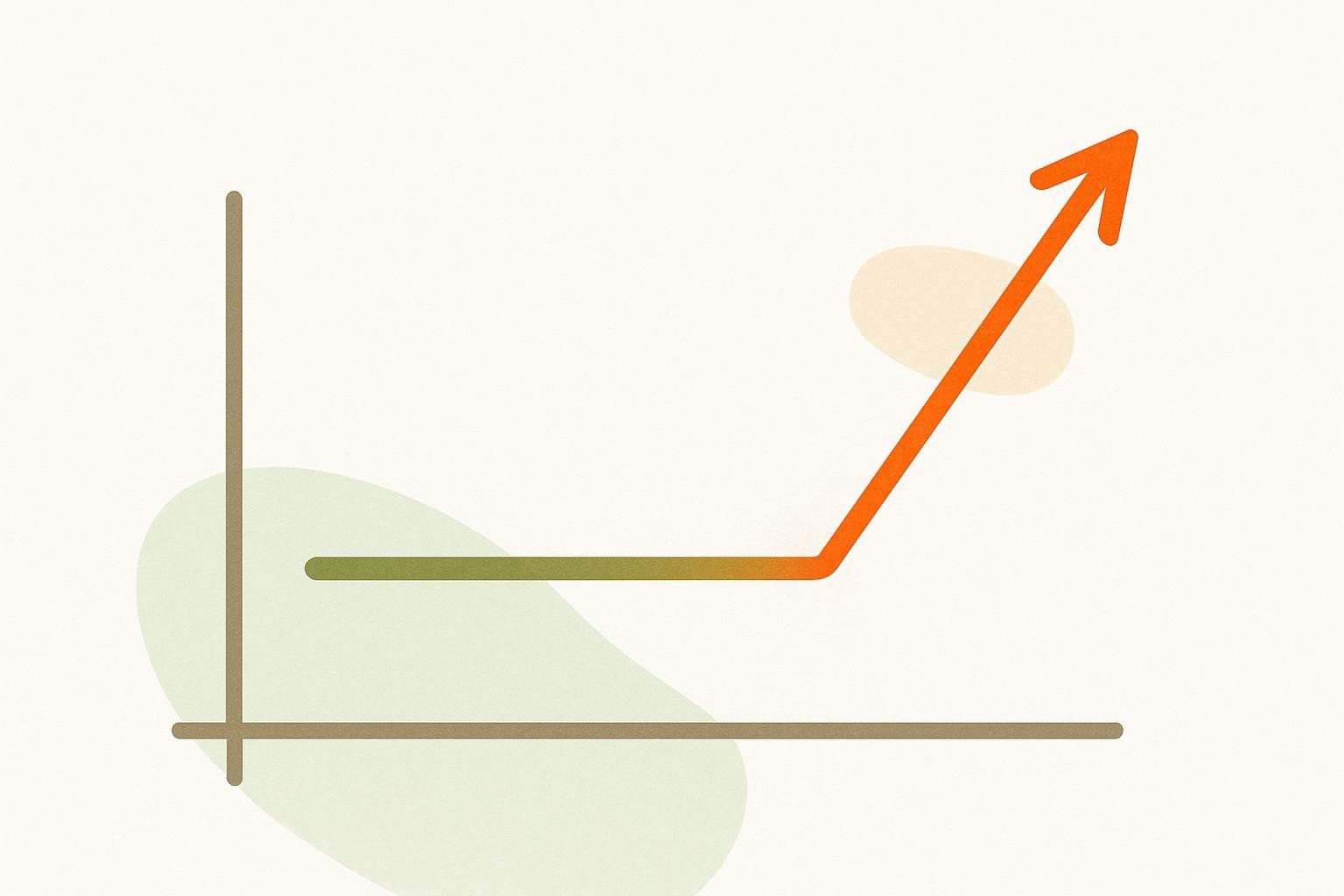
Breaking Through Plateaus: Advanced Strategies and Solutions
Periodization Models
Block Periodization
- Block 1: High volume, moderate intensity (4 weeks)
- Block 2: Moderate volume, high intensity (3 weeks)
- Block 3: Low volume, peak intensity (2 weeks)
- Deload: Active recovery (1 week)
Advanced Techniques (Use Sparingly)
Rest-Pause Sets: After reaching failure, rest 10-15 seconds, then continue for additional reps
Drop Sets: Immediately reduce weight after failure and continue the set
Cluster Sets: Break traditional sets into mini-sets with 15-20 second rests
Mechanical Advantage Drop Sets: Progress from harder to easier foot positions within the same exercise (e.g., performing wide-stance squats to failure, then immediately continuing with narrow-stance squats)
Common Plateau Types and Solutions
Plateau Type 1: Strength Stagnation
Symptoms: Can't add weight or reps for 2-3 consecutive weeks
Solutions:
- Deload for one week by reducing training loads by 40-50% for the same number of sets and reps
- Change exercise variation (pause squats vs. regular squats)
- Adjust training frequency (train glutes 4x/week instead of 3x, spreading the same total volume over more days while prioritizing recovery)
Plateau Type 2: Visual/Size Stagnation
Symptoms: Strength increases but no visible changes
Solutions:
- Add 1-2 additional sets per week for the glutes and monitor recovery
- Add specialized exercises targeting upper glutes (deficit reverse lunges)
- Adjust nutrition (ensure adequate surplus and protein)
- Get body composition analysis to detect changes the mirror can't see
Plateau Type 3: Motivation/Adherence Issues
Symptoms: Skipping workouts, lack of enthusiasm
Solutions:
- Change training environment or time of day
- Train with a partner or hire a coach
- Set process goals rather than just outcome goals
- Schedule rest weeks to prevent burnout and refresh motivation
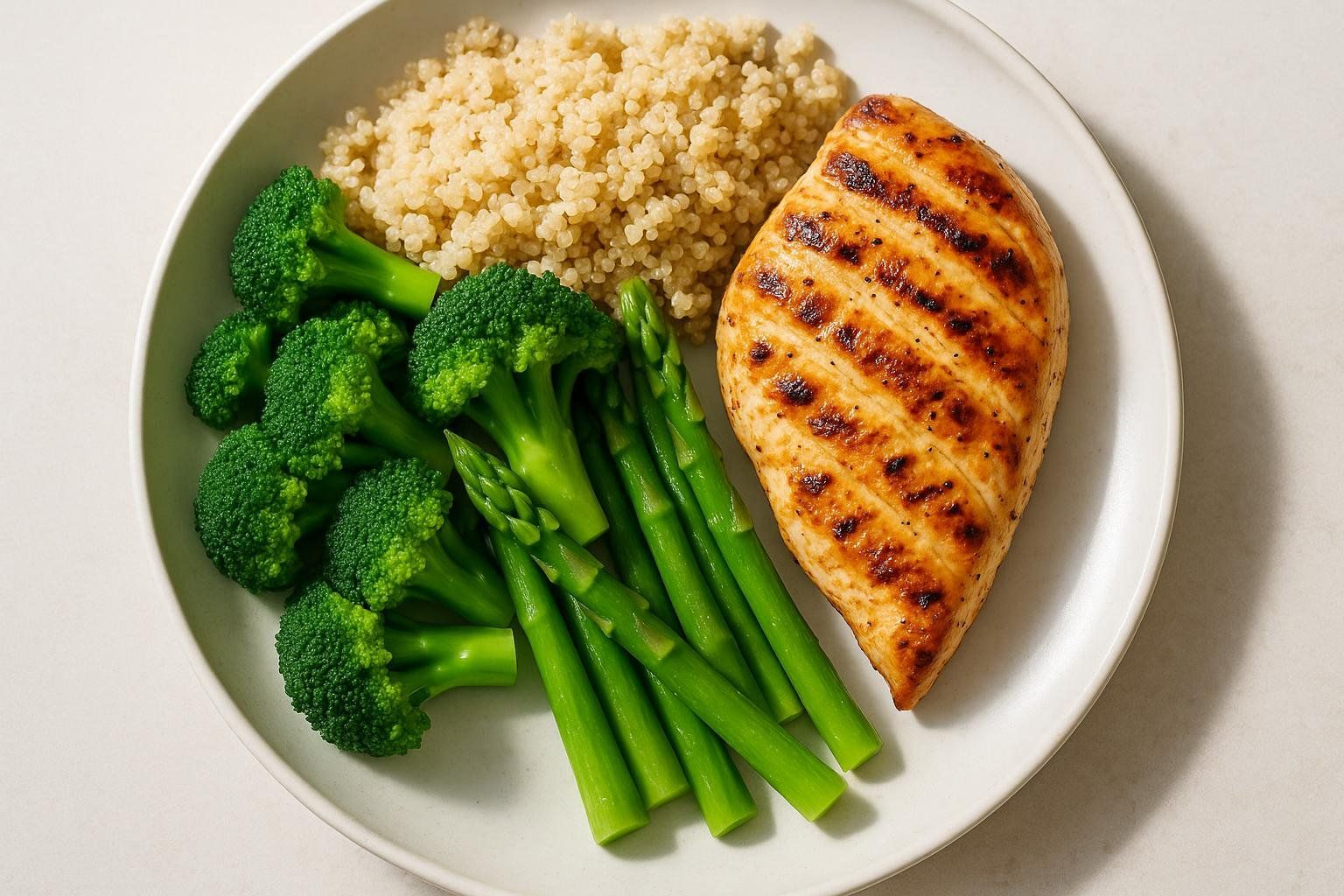
Nutrition for Glute Growth: Fueling Your Transformation
Protein: The Building Blocks
Target 0.8-1g per pound of body weight daily. Research on protein requirements for muscle protein synthesis shows this range optimizes muscle protein synthesis for resistance-trained individuals.
High-Quality Protein Sources:
- Lean meats (chicken, turkey, lean beef)
- Fish and seafood
- Eggs and egg whites
- Greek yogurt and cottage cheese
- Legumes and quinoa (plant-based options)
Carbohydrates: Performance Fuel
Aim for 1-1.5g per pound of body weight on training days to support intense workouts and recovery.
Timing Strategy:
- Pre-workout (1-2 hours): 30-50g easily digestible carbs
- Post-workout (within 2 hours): 40-80g carbs + 20-30g protein
Strategic Caloric Surplus
A modest surplus of 200-300 calories above maintenance supports muscle growth while minimizing fat gain. Research on resistance training effects on body composition shows that resistance training can increase lean weight by 1.4 kg over 10 weeks when combined with proper nutrition protocols.
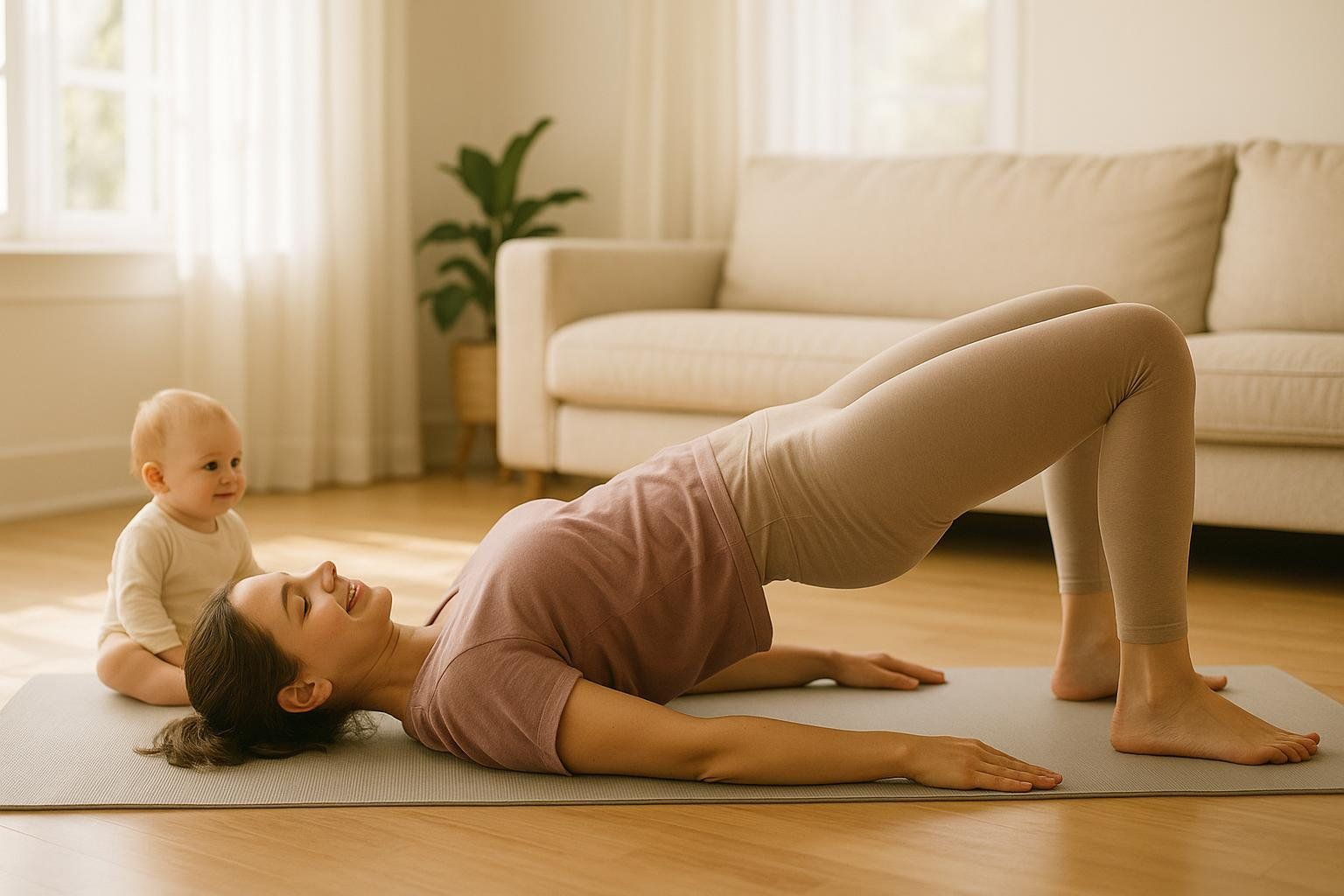
Special Considerations for Postpartum Recovery
Pregnancy and childbirth significantly impact the core and pelvic floor system. Before returning to intense glute training, address these fundamental recovery needs:
Diastasis Recti-Safe Modifications
- Avoid: Traditional crunches, sit-ups, planks, and exercises that create abdominal "doming"
- Prioritize: Glute bridges, wall sits, and modified squats with proper breathing patterns
- Progress slowly: Start with bodyweight movements and focus on quality over intensity
Learn more about safe postpartum body recomposition strategies that protect your recovery while building strength.
Pelvic Floor Integration
Strong glutes support optimal pelvic floor function. Begin with:
- Deep breathing with pelvic floor awareness: Inhale to relax, exhale to gently engage
- Glute bridges with breath coordination: Exhale while lifting into bridge position
- Progressive loading: Add resistance only after mastering breath-movement coordination
Building a Safe Foundation
Once cleared by a qualified physical therapist or healthcare provider, use basic bodyweight movements like modified squats to improve hip mobility and glute activation. A simple progression might include: week 1-2 (glute bridges + wall sits), week 3-4 (add single-leg bridges), week 5-6 (progress to goblet squats). Master these patterns before advancing to loaded exercises.
When to seek professional guidance: If you experience pain, pressure, leaking, or persistent doming during exercise, consult a pelvic floor physical therapist.
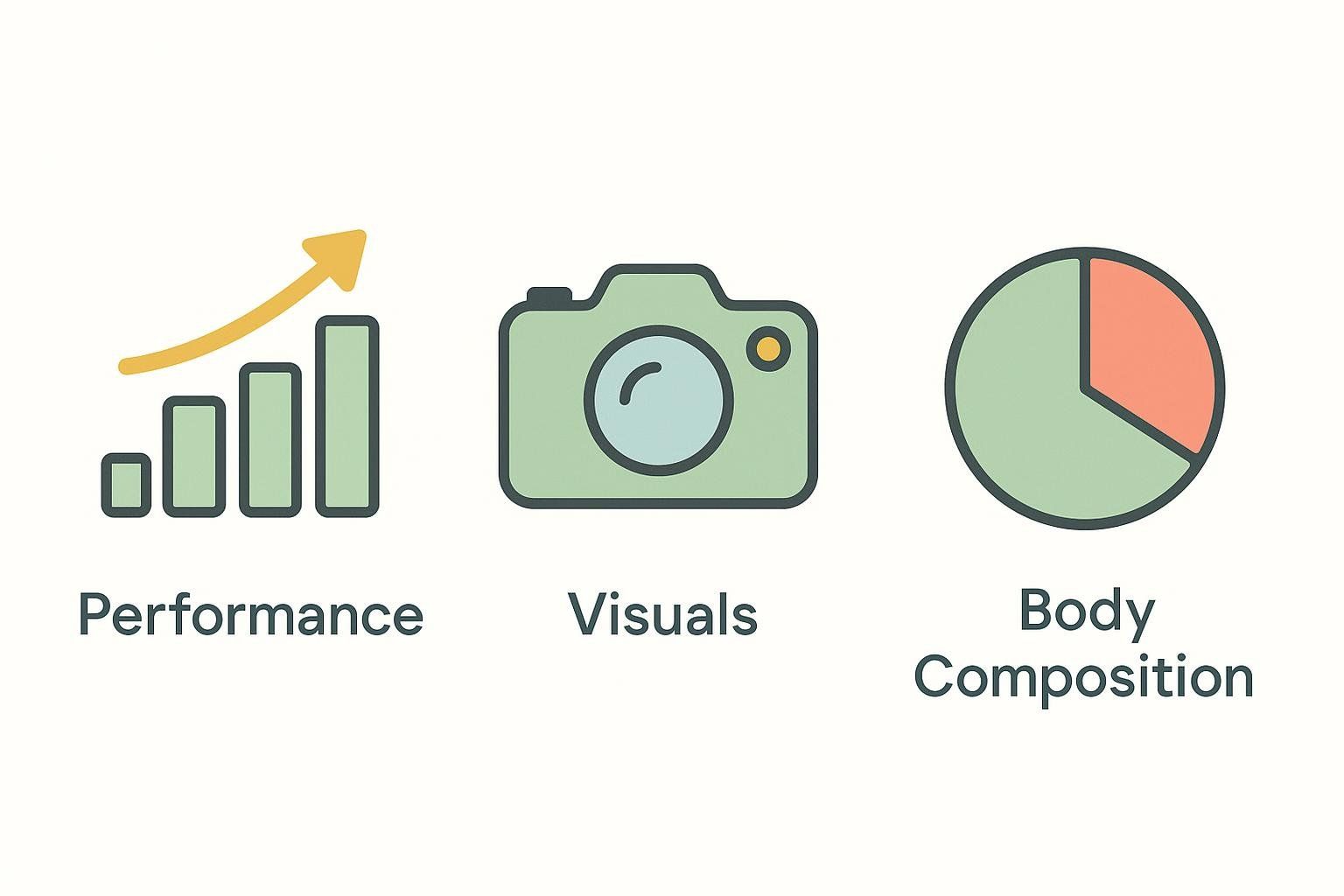
Tracking Progress: Beyond the Mirror
DEXA Scan Analysis: The Gold Standard
Unlike bathroom scales or progress photos, a DEXA scan provides precise body composition analysis of muscle and fat changes in your glutes and legs.
What to track:
- Appendicular lean mass (arms + legs)
- Regional body fat distribution
- Bone density improvements
- Visceral fat changes
Recommended frequency: Every 8-12 weeks during active training phases
Performance Metrics
Track these objective measures of glute strength and function:
- Hip thrust 1RM or 5RM: Primary strength indicator
- Single-leg glute bridge hold time: Unilateral strength endurance
- Lateral band walk distance: Glute medius endurance
- Video analysis: Movement quality assessment
Visual Documentation
- Progress photos: Same lighting, poses, and time of day every 2 weeks
- Measurement tracking: Hip circumference at widest point
- Clothing fit: How jeans fit around glutes and thighs
Frequently Asked Questions
How long before I see glute growth results?
Most people notice strength improvements within 2-3 weeks, feel muscle changes by 4-6 weeks, and see clear visual changes by 8-12 weeks with consistent training and nutrition.
Can I build glutes with just bodyweight exercises?
Initially yes, but you'll need to add resistance for continued progress. Progressive overload is non-negotiable for muscle growth.
How often should I train glutes?
2-3 focused glute training sessions per week produces optimal results for most people. More experienced lifters might benefit from 4-5 weekly sessions with proper periodization.
Do I need to train to failure every set?
No. Training 1-3 reps short of failure (RIR 1-3) produces similar muscle growth with less fatigue accumulation.
Should I do cardio during a glute-building phase?
Light to moderate cardio (2-3 sessions/week) can support recovery and general health without interfering with muscle growth. Avoid excessive high-intensity cardio that may impair recovery.
What if I have knee or back pain?
Start with glute bridges and work on hip mobility before progressing to squats and deadlifts. Consider working with a qualified physical therapist or trainer to address movement limitations.
Key Takeaways
- Volume drives growth: Progressive training volume matched to your experience level is essential for glute development
- Progressive overload is essential: Consistently increase weight, reps, or exercise difficulty
- Exercise selection matters: Hip thrusts produce some of the highest glute activation levels recorded
- Nutrition supports training: Adequate protein and calories fuel muscle growth
- Recovery enables adaptation: Sleep 7-9 hours nightly and manage training stress
- Track objectively: Use DEXA scans to measure real body composition changes
- Consistency trumps perfection: Sustainable habits produce better results than perfect short-term efforts
Ready to transform your glutes with scientific precision? Start with the program that matches your experience level, fuel your body properly, and track your progress with data you can trust.
